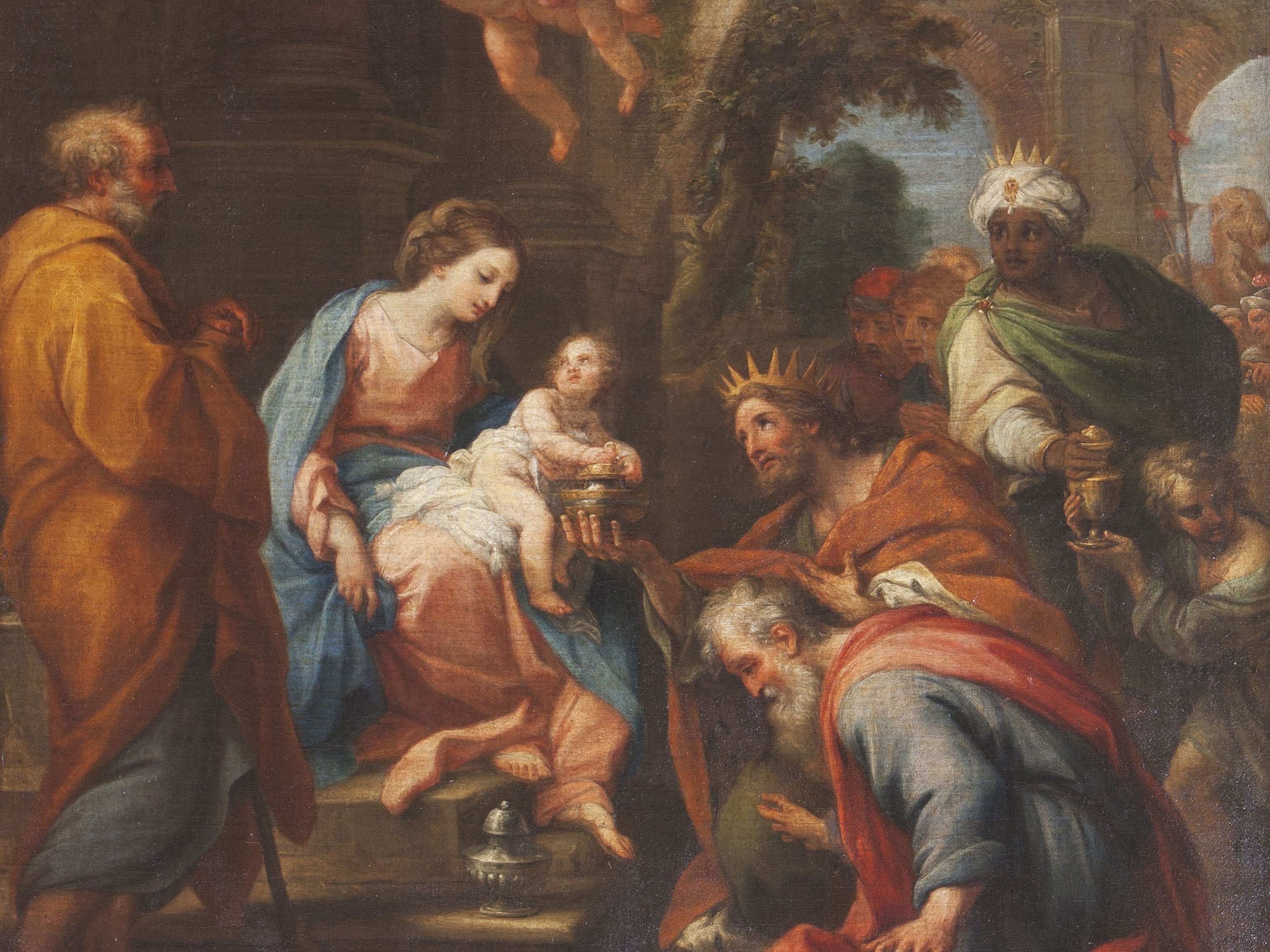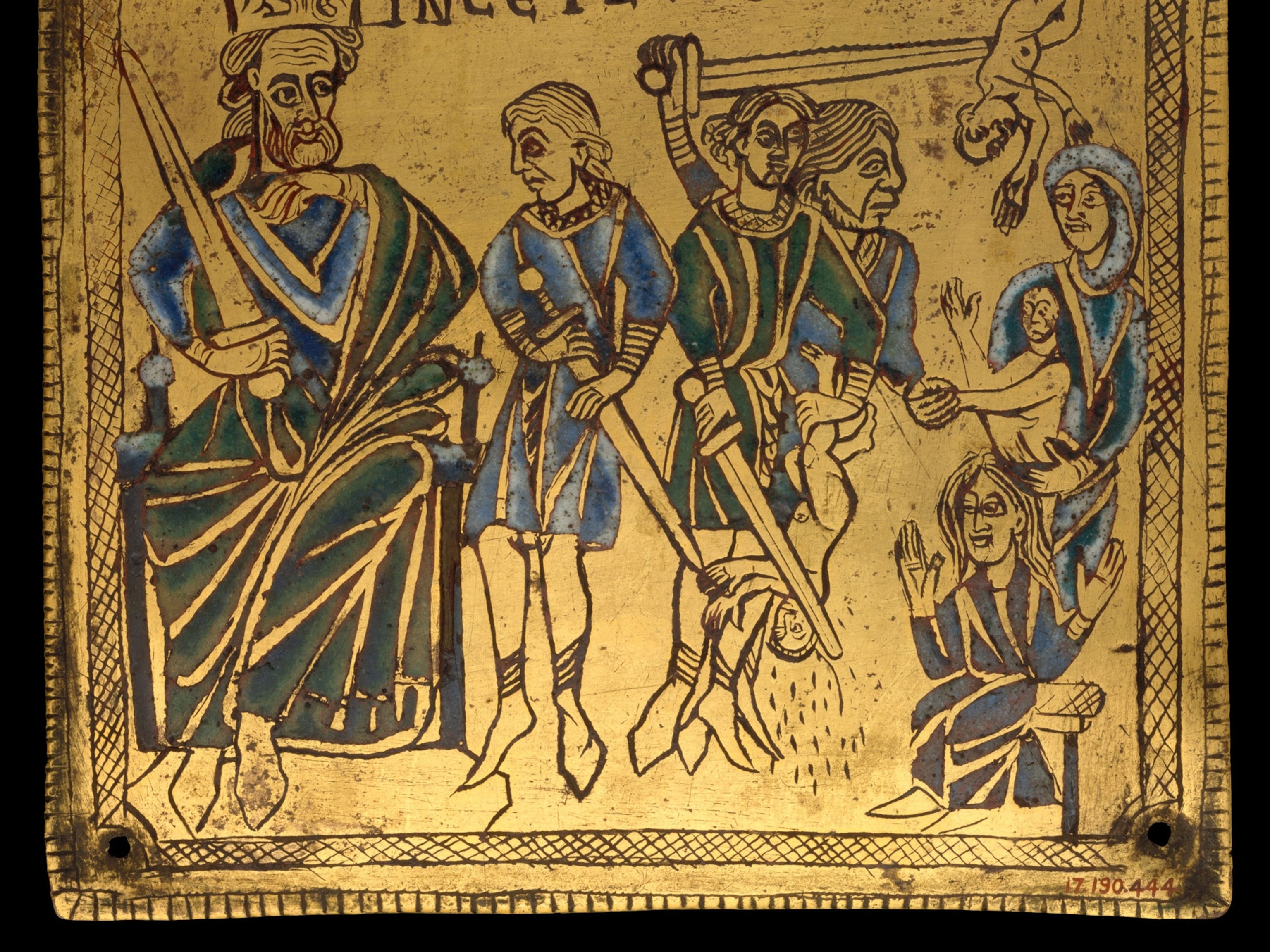
How a pagan queen became a notorious villain in the Bible
Thrown from a window because of her “wicked” ways, Queen Jezebel is one of the few female villains of the Bible.
Jezebel was a Phoenician princess, daughter of the Phoenician King Ethbaal or Ithobaal. According to the first Book of Kings, she established Phoenician pagan worship at Ahab’s court on a grand scale. At her table were no less than 450 prophets of Baal and 400 prophets of Baal’s consort Asherah (I Kings 16:31,21; 18:19). By her orders, the prophets of Yaweh were attacked and put to the sword (I Kings 18:13; II Kings 9:7).
Possibly at her prompting, King Ahab went as far as to erect “an altar for Baal in the house of Baal” (I Kings 16:32), which in the eyes of the Judah scribes further underscored the perfidy of the Northern Kingdom. Ahab then became upset when he learned that the owner of a vineyard abutting his palace, a man named Naboth, was not willing to sell the property. Queen Jezebel arranged for Naboth to be arrested on a trumped-up blasphemy charge, and the vineyard owner was stoned to death (I Kings 21:7). His property thus fell to the crown. (See the 2,000-year-old Pagan alter unearthed by archeologists.)
Shocked by this blatant crime, Elijah pronounced a curse on Ahab and his house. His prophecy was fulfilled: Ahab would be killed during another campaign against his old Syrian foe, while his son Ahaziah would die after a fall from his window. Ahab’s second son Jehoram was then ousted from the throne in a bloody coup by a commander named Jehu, reportedly with Elijah’s assistance, while Queen Jezebel was thrown to her death and set upon by dogs (II Kings 9:34; 10:9). (Read about the children sacraficed to the gods of Baal and Tanit.) In the centuries to come, her name would become synonymous with a wicked woman (Revelation 2:20).






